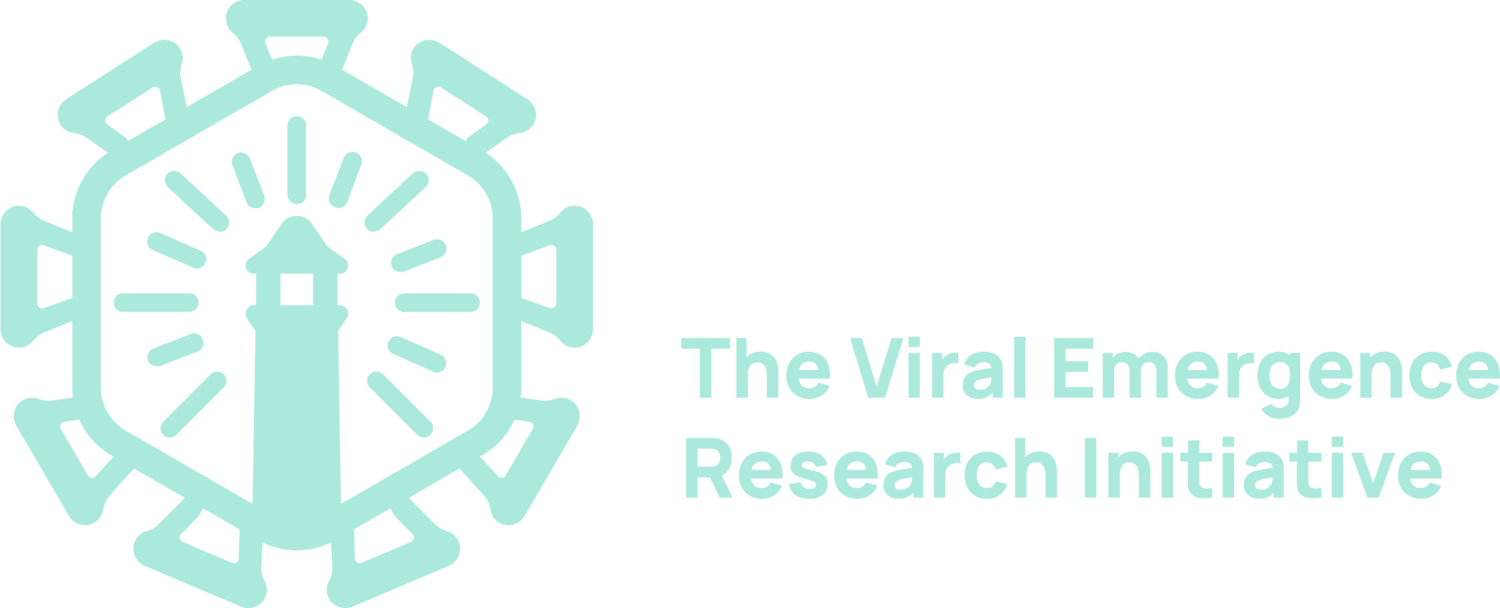The Host-Virus Model
Database (HVMD)
Team Verena doesn’t believe in searching under streetlights. We try to keep a close eye on emerging scientific literature both so we can learn from other scientists, and so that we don’t keep repeating the same analyses without moving the field forward. In that spirit, the Hivemind Database tracks studies that use machine learning to predict host-virus associations, as well as a few other studies we think might be useful to scientists interested in that problem.
We keep track of who’s doing the work, what data they’re using, and what methods they tried - so we know who to ask for help, what we should try next, and where the streetlamps end and the darkness starts.

